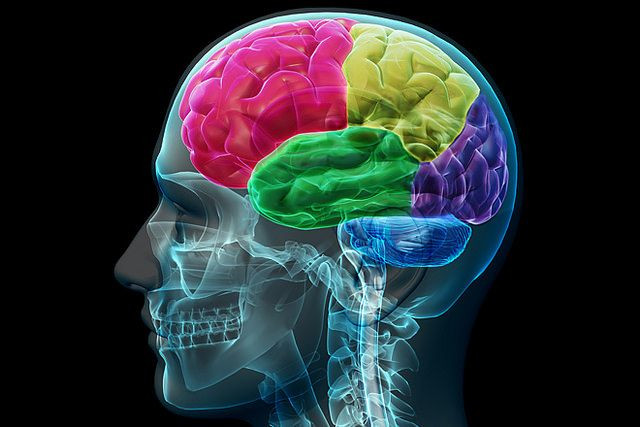Using Enzymes Attached To Nanoparticles, New Technology Could Diagnose Stroke In 10 Minutes

A stroke occurs every 40 seconds in the United States, and every four minutes, one of the nearly 80,000 people who suffer from stroke each year dies. Yet, as often as strokes occur, it normally sluggish three hours to diagnose one. Thankfully, scientists have developed a technique that can cut this time down to minutes.
"Three quarters of stroke patients suffer from ischemic stroke – a blockage of a blood vessel in the brain. In those cases, time is of the essence, because there is a good drug available, but for a successful outcome it has to be given within three or four hours after the onset of symptoms," lead author Roy Cohen, a Research Scientist at the Baker Institute, said in a press release . "By the time someone identifies the symptoms, gets to the hospital, and sits in the emergency room you don't have much time to obtain the full benefit of this drug."
Doctors normally look at signs and symptoms to diagnose stroke — sagging on one side of the face, weakness on one side of the body — as well as patients’ medical history, a physical exam, and test results. These tests could include anything from a brain CT scan to an MRI or carotid ultrasound, which checks for blockages in the artery that sends blood to the brain. But now, researchers at Cornell University’s Baker Institute for Animal Health created a proof of principle of of a new technique that’s both simple and small, and allows nurses or doctors to detect stroke-specific biomarkers in patients’ blood at their bedside.
To do this, the researchers attached enzymes to nanoparticles and then sent them into both animals’ and humans’ bloodstreams so they could look for neuron-specific enolase (NSE) — a biomarker that appears in everything from brain injuries to lung cancer. When they did, the enzymes would light up, allowing researchers to see where NSE was and how much of it was present. The in-vitro study found that the enzymes with the nanoparticles were much more sensitive, and detected NSE much faster than when they weren’t attached to nanoparticles.
Specifically, in the animal study, researchers used rat stroke models to demonstrate that the enzyme-nanoparticle technique could identify significant increases of NSE from an hour before to six hours after blockage of the of the distal middle cerebral artery — one of the most common sites of an ischemic stroke.
In their human study, meanwhile, the researchers showed how their technique matched the “gold standard” of biomarker detection, known as an enzyme-linked immunosorbent assay (ELISA), in 20 geriatric patients. However, the major difference was their technique took only about 10 minutes while the ELISA, which identifies a substance using color changes in a solution and antibodies, takes hours.
Moving forward, Cohen and his team expect to bring their technique to clinical trials. “This [technique] addresses a key challenge in developing a point-of-care test platform for time sensitive and difficult to diagnose pathologies,” the researchers concluded. The technique could eventually help to detect brain conditions outside of stroke, including concussions, dementia, cancer, and even heart disease.
Source: Cohen, R, et al. Use of Tethered Enzymes as a Platform Technology for Rapid Analyte Detection. PLOS One. 2015.



























